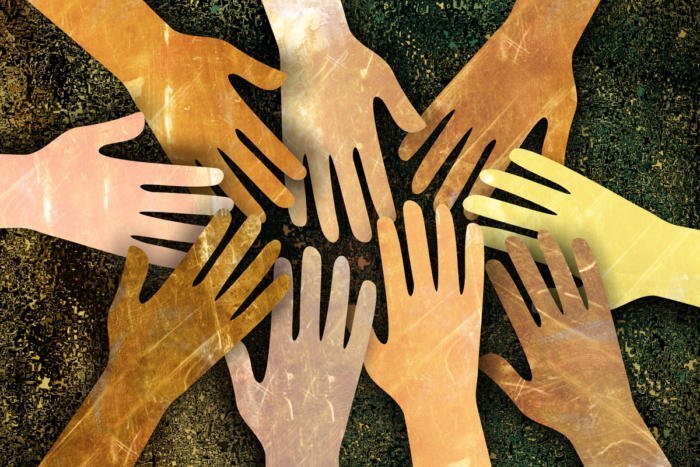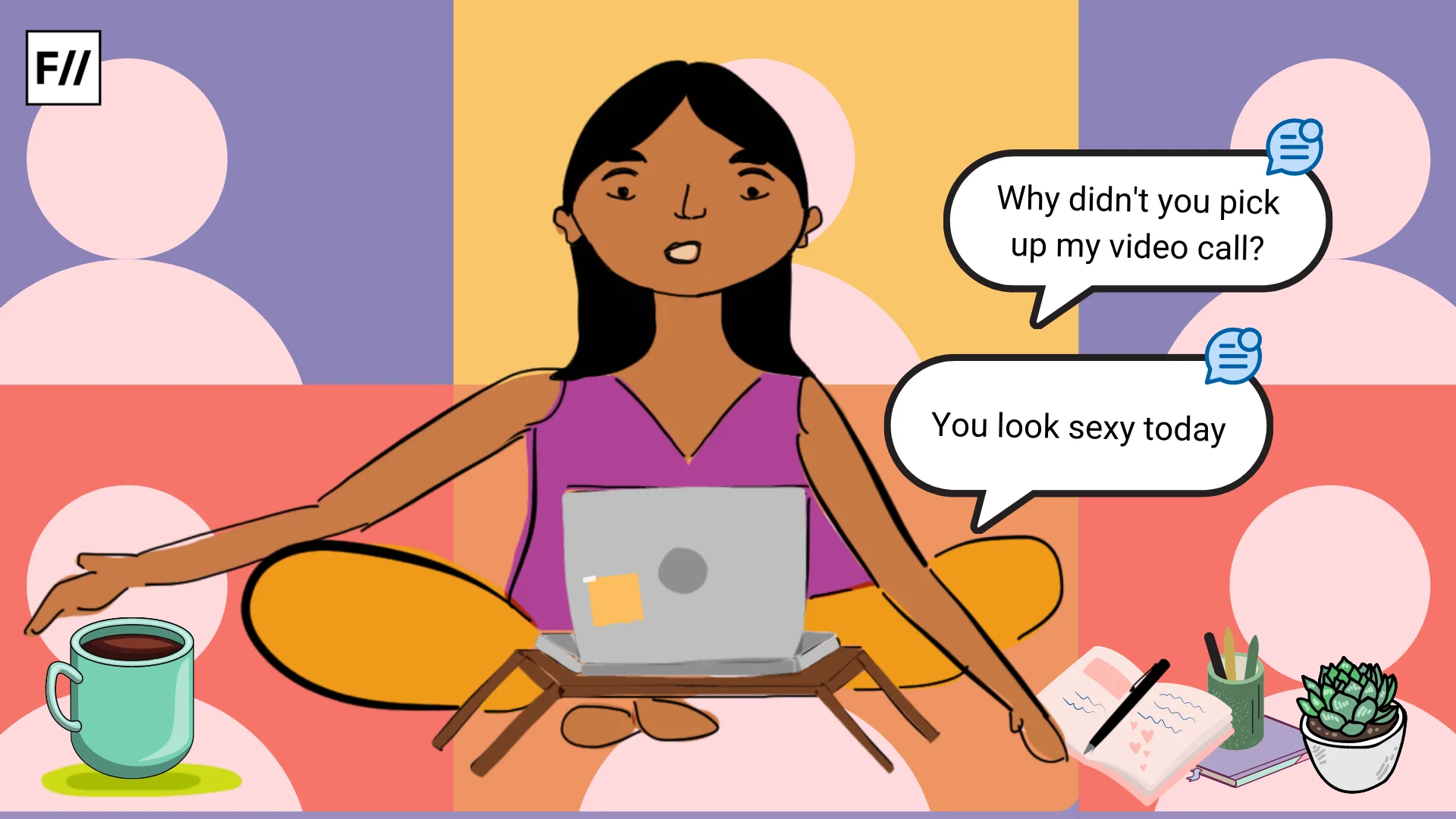Posted by Nityanjali Thummalachetty
I’m a health tech entrepreneur who also does advisory work on diversity and inclusion. When I tell people about my second day job, they typically react in one of three ways – a dismissive eye roll, an apparent interest in what that means and what my job entails, or noticeable caution and skepticism.
I find the skeptics most intriguing. In my experience, they tend to be willing to engage in a discussion about diversity and inclusion – as long as it’s not confrontational. I can see why. Productive conversations do tend to involve hearing some things that might make a person uncomfortable, but there is a way to do this tactfully without rousing unnecessary anger. After all, you don’t want to put them off from engaging with you in the future.
Productive conversations tend to involve hearing some things that make a person uncomfortable, but there is a way to do this without rousing unnecessary anger.
So how can we approach conversations about diversity and inclusion in the workplace as a dialogue rather than confrontation? Here’s what I know for sure: It will not be an overnight process, but we can start to move in that direction by doing these three things.
1. Accept That No One Has All The Right Answers Yet (And That It’s Okay To Admit This)
We’ve seen plenty of compelling evidence that shows how successful diversity and inclusion initiatives have a positive impact on business culture and the bottom line. But companies still have a lot to learn about what it would take to implement a successful solution – many initiatives are still a work in progress. Finding the right answer requires a lot of trial and error.
Even big players like Google and Uber are still trying to figure it out. In a global context, corporate diversity and inclusion intersect with many complicated issues, such as broad differences across social and cultural norms, laws and litigation processes, workplace demographics, and even the use of technology.
Also read: In Conversation With Adventures Beyond Barriers: Promoting Inclusivity Through Adventure
I’ve come across these barriers myself in my work. One of my clients, a company based in India, is currently facing challenges in getting employees to buy into a company code of conduct and anti-discrimination policy. India’s legislation regarding the prevention of workplace sexual harassment (also known as the POSH Act from 2013) has been criticised for protecting only women and leaving men with limited legal recourses.
In my experience working in India, this has fostered distrust among male employees and hesitation toward taking on mentorship roles with junior female employees. Because diversity and inclusion initiatives must operate within country-specific legal frameworks, at times, this means constraining efforts to promote positive company culture. Unless Indian companies can develop diversity and inclusion initiatives that encourage buy-in despite the limitations of the POSH law, creating fair workplaces in corporate India will continue to be challenging.
Because I started by asking open-ended questions rather than jumping into a debate, it was much easier to turn a potential confrontation into a dialogue.
The reality is, molding a diverse and inclusive corporate culture is one part science and two parts art. Many companies need to unlearn old habits as they introduce new initiatives and mandates. This involves a steep learning curve, and a willingness to accept that they won’t see a smooth, linear path to success. Companies can’t skirt around this if they want to generate honest and constructive dialogue. They need to acknowledge this openly, and design policies with these realities in mind.
2. Don’t Aim To Win Arguments
If you begin a conversation with the objective of winning an argument (or proving your point), you’ve already lost the other person. Taking this approach closes any space or opportunity for consensus and understanding. I was recently at a work social event in New York, and a male colleague commented that the current scrutiny on sexual harassment “can really make men more vulnerable to false claims of harassment.”
Although my instinct was to start talking about the pervasive history of harassment of women in the workplace, I tried to make an effort to understand where he was coming from. Had he or someone he knew been wrongfully accused? Was he pointing to the perils of being tried in the court of public opinion? And most importantly, was he trying to add to the conversation about workplace sexual harassment rather than undermine it?
This alternate approach led to a proper conversation (not an argument), and ultimately, we discovered that we want the same outcome. We both believe that preventing workplace harassment is an urgent priority – we were just stating different concerns. Because I started by asking open-ended questions rather than jumping into a debate, it was much easier to turn a potential confrontation into a dialogue.
3. Getting Better Requires A Lot Of Practice
Here’s one thing I hear all the time – Women are not good negotiators, period. I’ve always struggled to respond without sounding defensive – after all, this is a complex topic rooted in gender stereotypes, socialisation, culture, and workplace barriers. I’ve found that talking about women negotiators in casual settings has helped me articulate my views in professional settings over time without sounding defensive. Since I’m often involved in discussions about pay gaps and promotions – a heated topic for many – this is something that I need to be able to do well.
Experts say that it takes ‘deliberate practice’ to master a skill. Talking about diversity and inclusion is no different. Practice with friends and family in casual conversations over brunch or coffee. This is good training for fielding and facilitating constructive discussions in the workplace, where the stakes are higher and tolerance is lower.
Also read: How HR Professionals Can Be The Real Change Makers In The #MeToo Movement
Remember, so much of the work on diversity and inclusion is about dialogue and consensus. While there is still a lot of work to be done – teaching ourselves how to have constructive discussions is a good place to start.
Nitya Thummalachetty is the CEO and cofounder of FortunaHLTH, a healthcare cybersecurity company, based in New York City. She was named by the BBC as one of their 100 Women of 2017.
This article was originally published in Fast Company and has been republished here with permission.
Featured Image Source: CIO
About the author(s)
Guest Writers are writers who occasionally write on FII.



